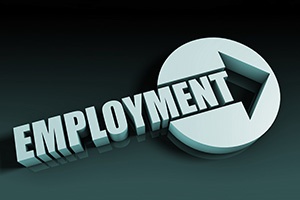The past few weeks have been unusually turbulent. North Korea has tested what is reportedly a hydrogen bomb and launched a missile over Japan; as a result, the U.S. is openly considering war. Hurricane Harvey has been the most damaging storm ever, devastating both Texas and Louisiana. And now we have Hurricane Irma, the most powerful Atlantic storm in history, approaching Florida. Given these events, there are certain questions that investors should be asking themselves. That is, should we be doing something different? If so, what?











